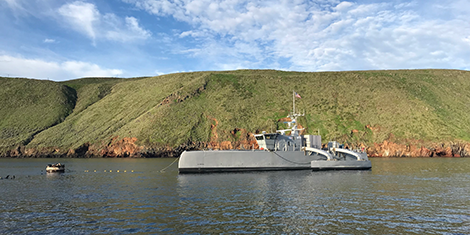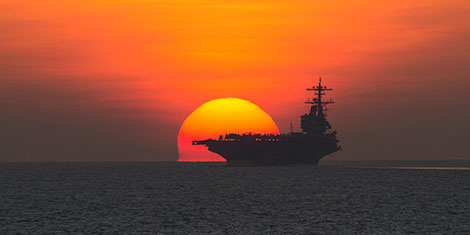
This article was originally published by the Center for International Maritime Security (CIMSEC) on 6 May 2019.
Introduction
The U.S. Navy faces a future where large portions of its fleet will be composed of non-traditional assets. Specifically, unmanned systems comprise a significant portion of the Chief of Naval Operations’s (CNO) “key platforms and payloads” which the Navy seeks to acquire.1 That direction from the top is further born out in the Navy’s most recent shipbuilding plan which includes 10 large unmanned surface vessels and 191 unmanned undersea vehicles of various sizes. These numbers contrast with the total of 55 “battle force ships” planned to be built over the same period.2 Tonnage obviously also plays a role in this type of comparison, but by sheer numbers the Navy is moving toward unmanned vice manned platforms. The Navy must think past the engineering hurdles and determine how to effectively employ these new assets. To do so, we propose that the Navy revisit history and revitalize the complex learning system it used to exploit an earlier set of new capabilities prior to World War II. Specifically, we call for the Navy to accelerating standing up a dedicated experimental squadron with the purpose of exploring advanced tactics for employing unmanned systems in a series of tactically challenging, objective-based exercises.




